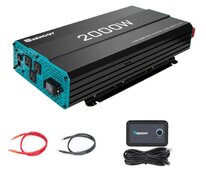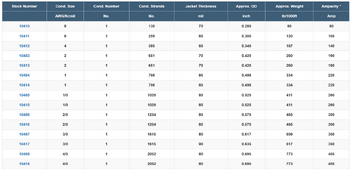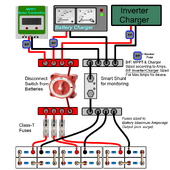We had a cable going from positive on first battery to the inverter to get so hot it was smoking and melting so we took load off and shut off inverter. We had a 1500 watt heater running which we've done a few times before adding a 2nd battery. So I guess a heater is a no go with this setup. Other than replacing this wire, a busbar has been recommended and what else to improve? Which busbar and where/ how to hook that up?
Equipment: 4x100 watt panels in parallel. 2000 watt inverter, 30 amp Wanderer controller. all Renogy.
2 AGM Weize batteries in parallel, not renogy. Theres a 300 amp ANL fuse between inverter and battery which someone recomended a lower fuse.The controller, inverter and other battery all on one battery post. Cables/wires all came in a bundle from Renogy except the set pairing both (1/0 AWG) batteries together.
Equipment: 4x100 watt panels in parallel. 2000 watt inverter, 30 amp Wanderer controller. all Renogy.
2 AGM Weize batteries in parallel, not renogy. Theres a 300 amp ANL fuse between inverter and battery which someone recomended a lower fuse.The controller, inverter and other battery all on one battery post. Cables/wires all came in a bundle from Renogy except the set pairing both (1/0 AWG) batteries together.

Last edited:




